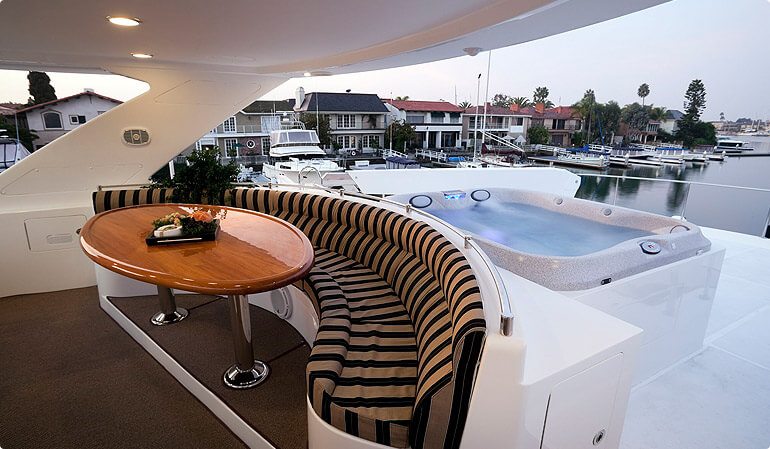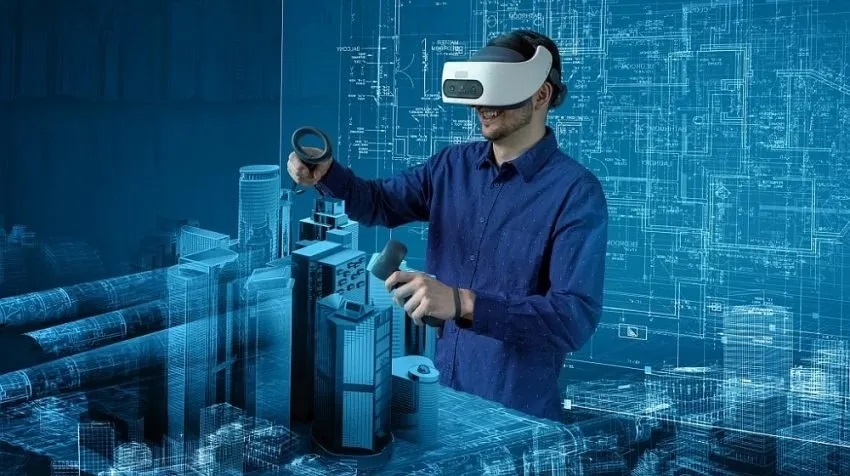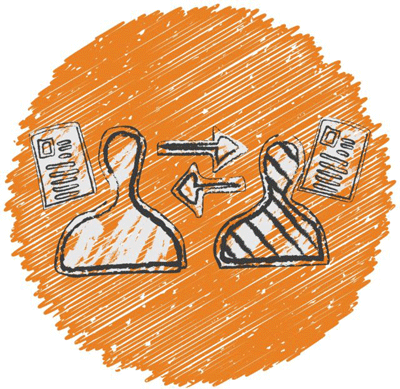Blog Details

COVID-19 forced businesses to learn to collaborate remotely – and quickly. Essentially overnight, offices were shuttered, travel halted, and teams were working from home – in some cases, for the first time. And while many enterprises were more adept, having already adopted tools for remote collaboration, many small-to-medium businesses (SMBs) had to scramble.
One tool that enterprises across a variety of industries have been already leveraging for workforce training and education as well as product design, is virtual reality (VR). Industries including construction and real estate, medical, automotive and aviation, and first and emergency responders have all been incorporating virtual reality into their work. Over the last several years, hotels, office buildings and cars have been designed faster and more cost effectively in VR, workplace and emergency trainings have been administered more efficiently in VR, and medical professionals have been able to sit in, and even participate, in remote surgeries in VR.
When I joined HTC VIVE in 2019, many enterprises were already adopting VR, while SMBs were just starting to look into it, though it wasn’t quite a priority. Conversations were being had, and RFPs were being formulated, but similar to how smaller companies were preparing for other emerging technology, like 5G, they weren’t ready to pull the trigger. The pandemic changed this.
In the last year, we’ve seen SMB embrace and adopt VR at a rapid pace, because in reality, the same business challenges that impact large enterprises are also impacting SMBs. These small companies are competing with enterprise, and need to stay on par with, or ahead of, innovation of larger companies – in training, in design, in overall workforce efficiency. The advantage to SMBs for a tool like VR, unlike enterprises, is that they can move quickly from RFP to investment, and roll out in record time. Adaptability, removing layers of approvals and implementation, is the SMB advantage.
In 2020, SMBs have adopted VR across a variety of interesting verticals:
In education, universities, districts and individual schools are adopting VR to create more immersive and engaging learning experiences – imagine swimming with sharks or exploring the moon firsthand to learn.
Museums are integrating VR to enhance their exhibits’ storytelling, offering virtual experiences outside of the museum to extend their message and reach an even broader global audience. The Illinois Holocaust Memorial Museum is using VR to give visitors a firsthand view of what camps looked like to envelop the emotional experience that comes with personally visiting a camp.
Many companies are turning to VR for workforce training in soft skills – how to handle specific workplace scenarios, how to more effectively sell, preparing for public speaking – you name it.
Emergency services companies, including police forces, are leveraging VR for non-lethal training and de-escalation techniques.
08-Apr-2021





